Llandovery Castle | Visit Amazing Welsh Castles
Llandovery Castle is a ruined Norman fortification in Carmarthenshire, Wales. It stands on a hill above the River Bran and overlooks the town of Llandovery.
The castle played a strategic role in controlling access through the Tywi Valley. Though only fragments of the walls remain, it offers a clear insight into the medieval military architecture used by Norman invaders in Wales. The remains are freely accessible, offering views over the town and countryside.
Quick Facts
Location: Llandovery, Carmarthenshire, Wales
Type of Castle: Norman motte-and-bailey with later stone additions
Built: Around 1116
Materials: Local stone and earthworks
Historical Use: Military fortification during Norman expansion
Current Condition: Ruined with remains of curtain walls and towers
Entry Fee: Free public access
Dog Friendly: Dogs allowed under control
Parking: Available in nearby public car parks
Managed by: Carmarthenshire County Council
Brief History
The castle was built around 1116 by Richard Fitz Pons, a Norman lord. It was part of the Norman campaign to establish control over South Wales. The castle replaced an earlier Welsh fortification in the area.
In 1159, Rhys ap Gruffydd, a prince of Deheubarth, captured the castle. Control of the site changed hands several times during the 12th and 13th centuries due to frequent Welsh uprisings and English campaigns.
Edward I reinforced the castle in the late 13th century during his conquest of Wales. By the early 14th century, the castle saw further improvements, including a stone gatehouse and curtain walls.
During the Owain Glyndŵr rebellion in the early 15th century, it was attacked and damaged. After this period, it declined in military importance. By the 16th century, it was abandoned and fell into ruin.
Today, the remains reflect its layered history of conflict and reconstruction.
Features and Layout
The castle was originally a motte-and-bailey structure. This design involved a wooden or stone keep placed on a raised mound (the motte), with a surrounding enclosed courtyard (the bailey).
In the 13th century, the castle was upgraded with stone curtain walls and defensive towers. Parts of these walls still stand today, along with the foundations of a gatehouse.
The remaining ruins sit on a prominent hilltop, giving wide views across the River Bran and the town of Llandovery. This vantage point helped defend the site and control movement along the valley.
You can still see evidence of the outer ward, which would have contained stables and workshops. The site’s elevated position and partial walls help visitors understand the defensive strategies used by Norman and later medieval builders.
Did You Know?
Graffiti carved into the surviving stone walls suggests that Llandovery Castle has attracted visitors for many centuries, long after its military use ended.
Images
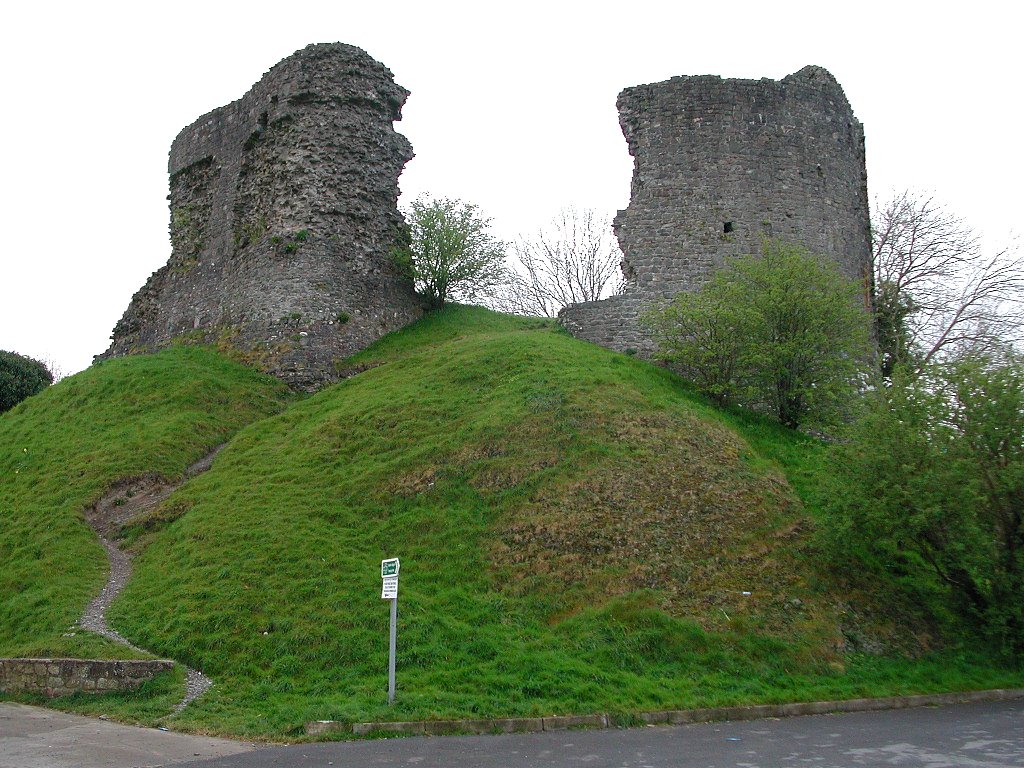
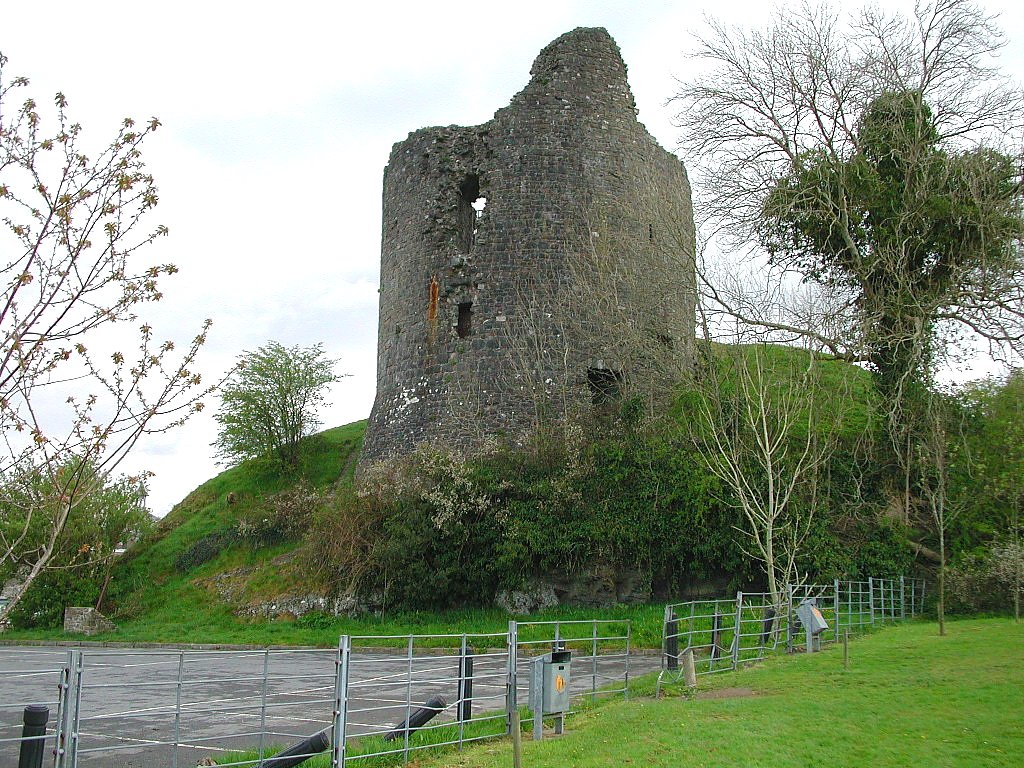
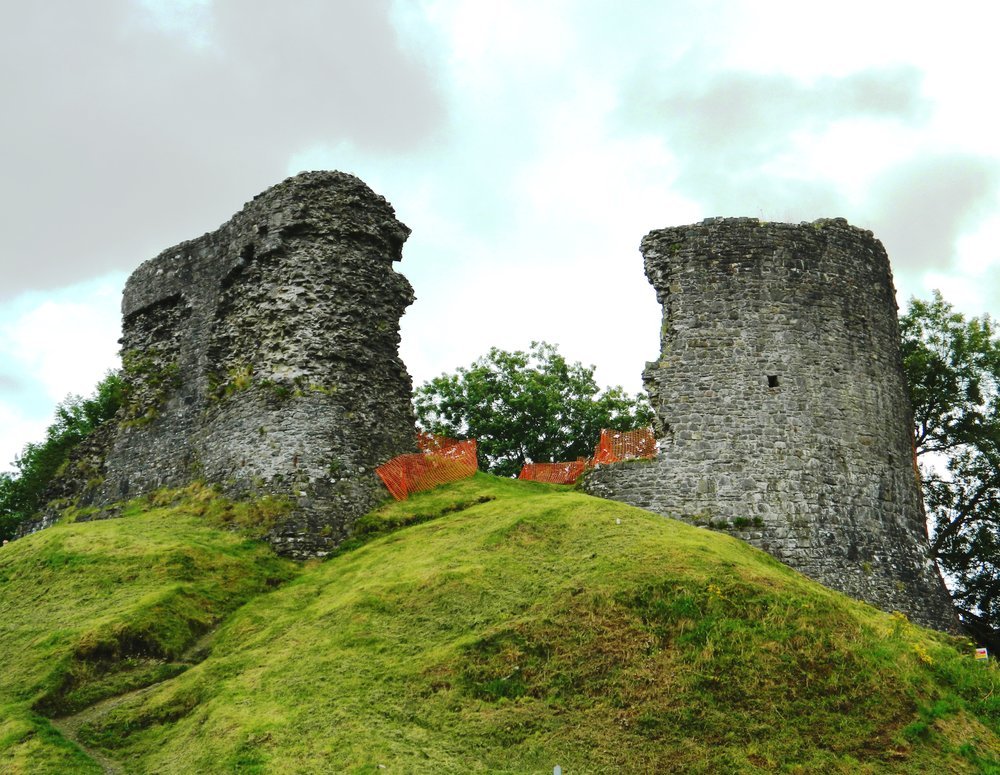
Legends and Stories
One of the most well-known stories linked to the castle involves Llywelyn ap Gruffudd Fychan, a local Welsh nobleman. In 1401, he was executed by Henry IV for supporting Owain Glyndŵr’s rebellion. Historical accounts say Llywelyn was put to death near the castle after refusing to betray Glyndŵr’s position. A modern statue in Llandovery commemorates him as a symbol of Welsh resistance.
Local tradition also mentions ghost sightings around the castle ruins, especially after dark. Some visitors have reported hearing footsteps or seeing shadowy figures near the old gatehouse. These stories are often shared by local tour guides and community groups.
Visiting
The site welcomes visitors free of charge, 24 hours a day, year-round. The site is managed locally, with access improved through the Ten Towns project, including clear paths and interpretation boards.
Getting there & parking
Address: Castle Street, Llandovery, Carmarthenshire, SA20 0AN.
Car: Public car parks are nearby, one adjacent to the castle mound. Disabled badge holders can park next to the site.
Bus: Traveline Cymru services stop in Llandovery town centre—then a short walk uphill.
Facilities & accessibility
Toilets: Available in town and near the car park.
Refreshments: Several cafés and pubs in Llandovery town centre.
Visitor interpretation: A clear information board explains castle history and the statue of Llywelyn ap Gruffydd Fychan.
Dog policy: Dogs may enter on a lead—ideal for walkers exploring the mound.
Access: The route up to the motte involves steep slopes and steps. The motte is visible from the car park for those unable to climb.
Tips for visitors
Wear sturdy footwear for uneven ground and potential slipperiness after rain .
Allow 30–45 minutes to explore the walls, gatehouse remains, and statue.
Visit the nearby Llandovery Museum & Visitor Gateway (next to car park): free entry, volunteer-run, offering local context (car park £1.50/day).
The site offers excellent views over the River Brân and town, bring a camera!
Nearby Attractions
Llandovery offers a variety of attractions within walking distance and short drives from the castle:
Llandovery Museum & Visitor Gateway (Y Gannwyll)
A volunteer-run hub uncovering local history, including audio trails about Llywelyn ap Gruffydd Fychan and Twm Siôn Cati. Open Tuesday–Saturday, 11 am - 2 pm.
St Dingat’s Church
A historic Grade II* 14th-century parish church near the town centre.
Cilgwyn Wood
A small woodland with a 3.4 km circular trail ideal for bluebell spotting in spring, 3 miles south-west of Llandovery.
Crychan Forest & Llyn Brianne Reservoir area
Outdoor pursuits including walking, cycling, fishing, and canoeing amid upland landscapes.
Heart of Wales Line Trail & Cynghordy Viaduct
A scenic rural rail walk alongside the famous 18-arch viaduct, ideal for walkers and rail enthusiasts.
Visitor Tips
Wear sturdy footwear. The hilltop site has uneven and sometimes slippery paths.
Bring a camera. The views across the River Bran and Llandovery town are impressive.
Combine your visit with Llandovery Museum. It is next to the car park and offers free entry.
Consider a short walk to St Dingat’s Church for more local history.
Visit in daylight. There is no artificial lighting at the castle ruins.
Keep dogs on leads. The area is open, but livestock may be nearby.
Allow 30–45 minutes to explore the ruins and the adjacent Llywelyn statue.
Public toilets and cafés are close by in Llandovery town.
FAQs
-
Llandovery Castle was built around 1116 by Norman forces. This makes the site over 900 years old.
-
Yes. Entry to the castle remains is free and open to the public all year round.
-
There are no toilets directly on the castle site, but public toilets are available in nearby Llandovery town, close to the main car parks.
-
Yes. Dogs are allowed at the site if kept on a lead.
-
Most visitors spend 30 to 45 minutes exploring the castle and nearby statue. Adding time for the museum or walking trails can extend your visit.
Wrapping it Up
This castle offers a direct look at the Norman and medieval military presence in South Wales. Its hilltop position, surviving stone walls, and local commemorations make it a worthwhile stop for anyone interested in Welsh history. The castle is easy to visit, with free public access and nearby amenities in Llandovery town. Combined with nearby historical sites and walking trails, the castle provides a short but educational visit in Carmarthenshire.
Sources
Castles of Wales
Provides detailed historical chronology, architecture, and mention of castle being freely accessible.
https://www.castlewales.com/llandov.htmlBrecon Beacons National Park
Includes precise site details: address, accessibility, facilities, and description of key structural remains.
https://www.breconbeacons.org/poi/castles-llandovery-castleDiscover Carmarthenshire – Castles & Historical Houses
Notes the statue of Llywelyn ap Gruffydd Fychan and confirms dog‑friendly, parking, toilets, café facilities.
https://www.discovercarmarthenshire.com/explore/castles-historical-houses/TripAdvisor
Confirms visitor remarks on signage, interesting remains, footpaths, and seasonal conditions.
https://www.tripadvisor.com/Attraction_Review-g551970-d12966066-Reviews-Llandovery_Castle-Llandovery_Carmarthenshire_Wales.htmlLlywelyn ap Gruffydd Fychan – Wikipedia
Documents the story of Llewelyn’s execution in 1401 and the modern statue commemorating him
https://en.wikipedia.org/wiki/Llywelyn_ap_Gruffydd_FychanBritain Express
Details the capture of the castle by Rhys ap Gruffudd in 1158 and subsequent fortification.
https://www.britainexpress.com/attractions.htm?attraction=482
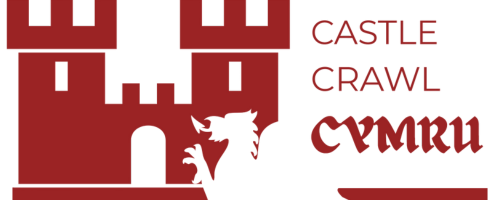

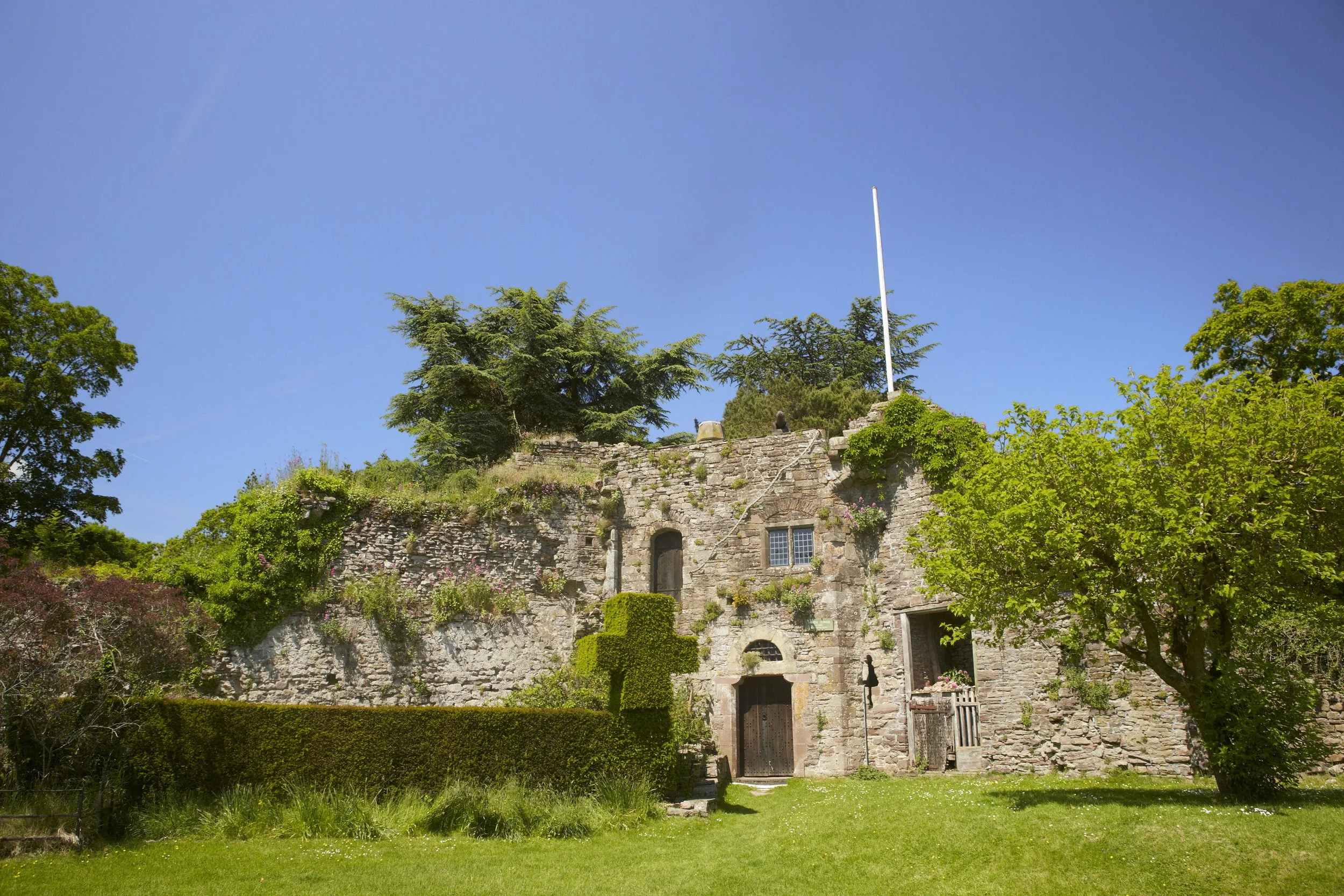
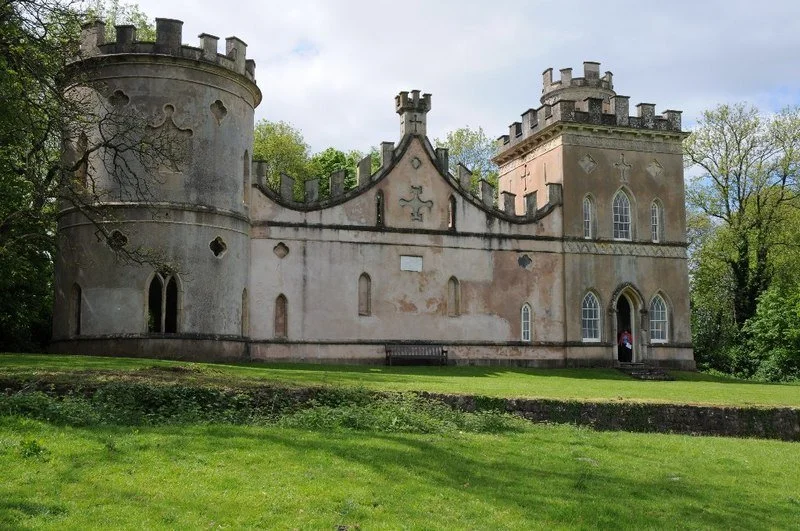
Cardiff Castle is a medieval and Victorian-era site in the centre of Cardiff, the capital of Wales.